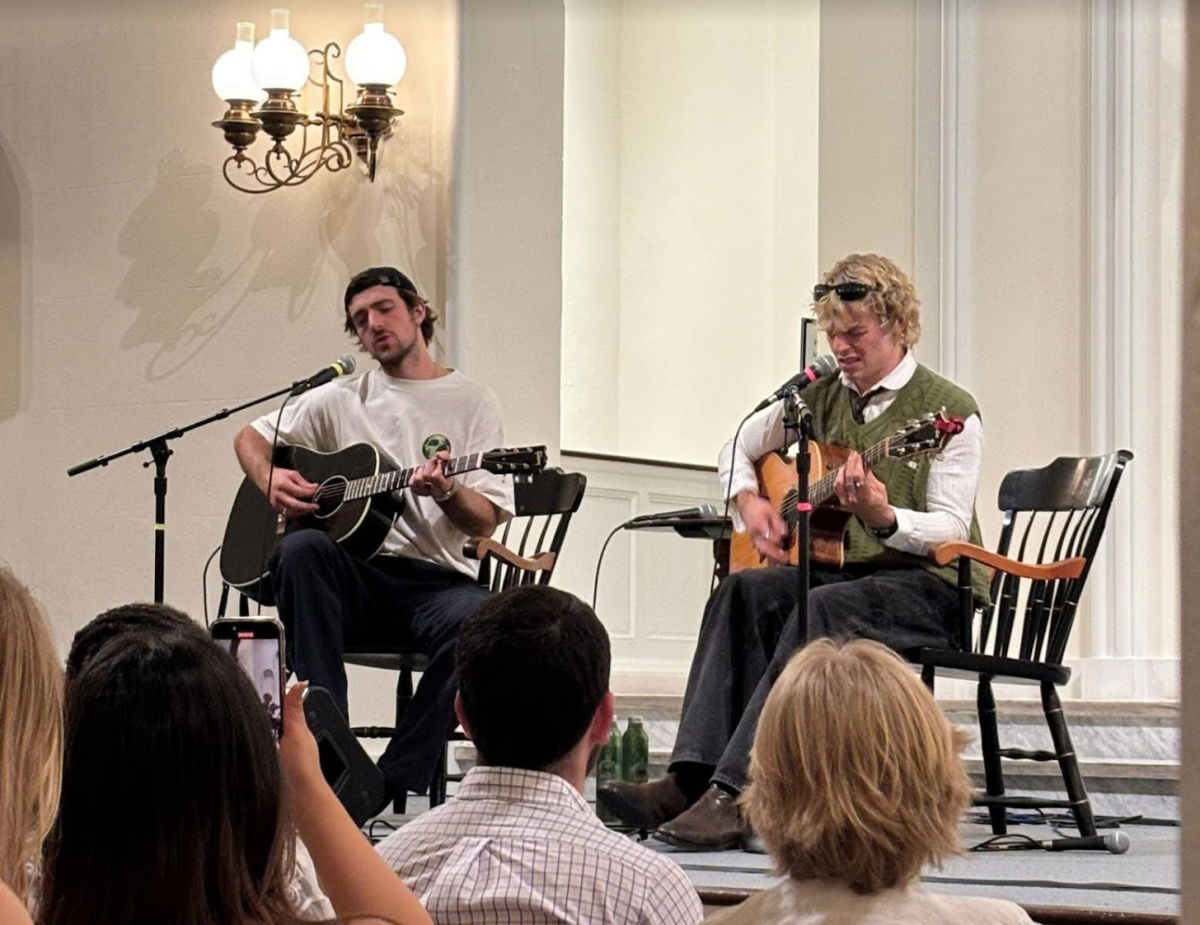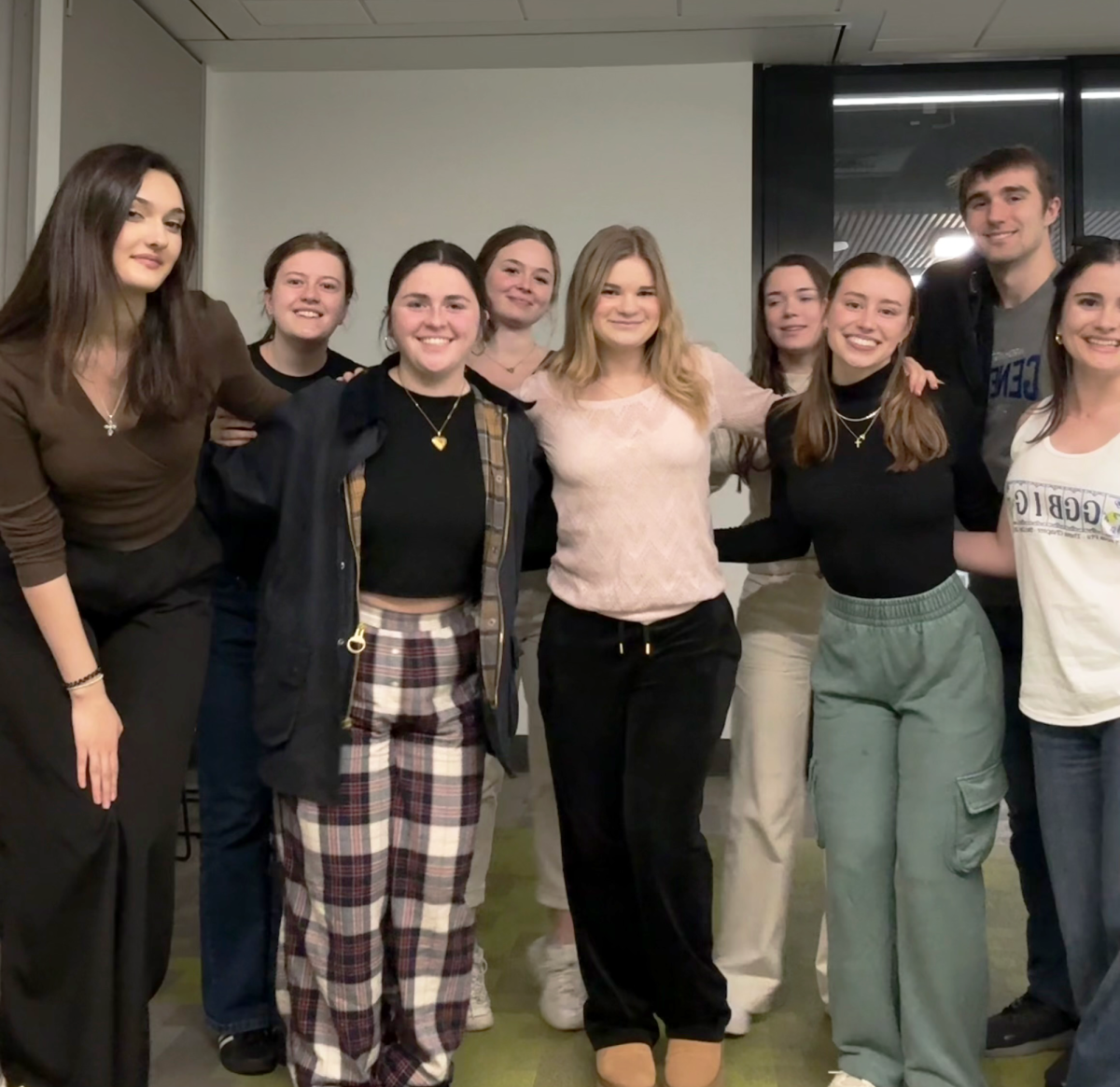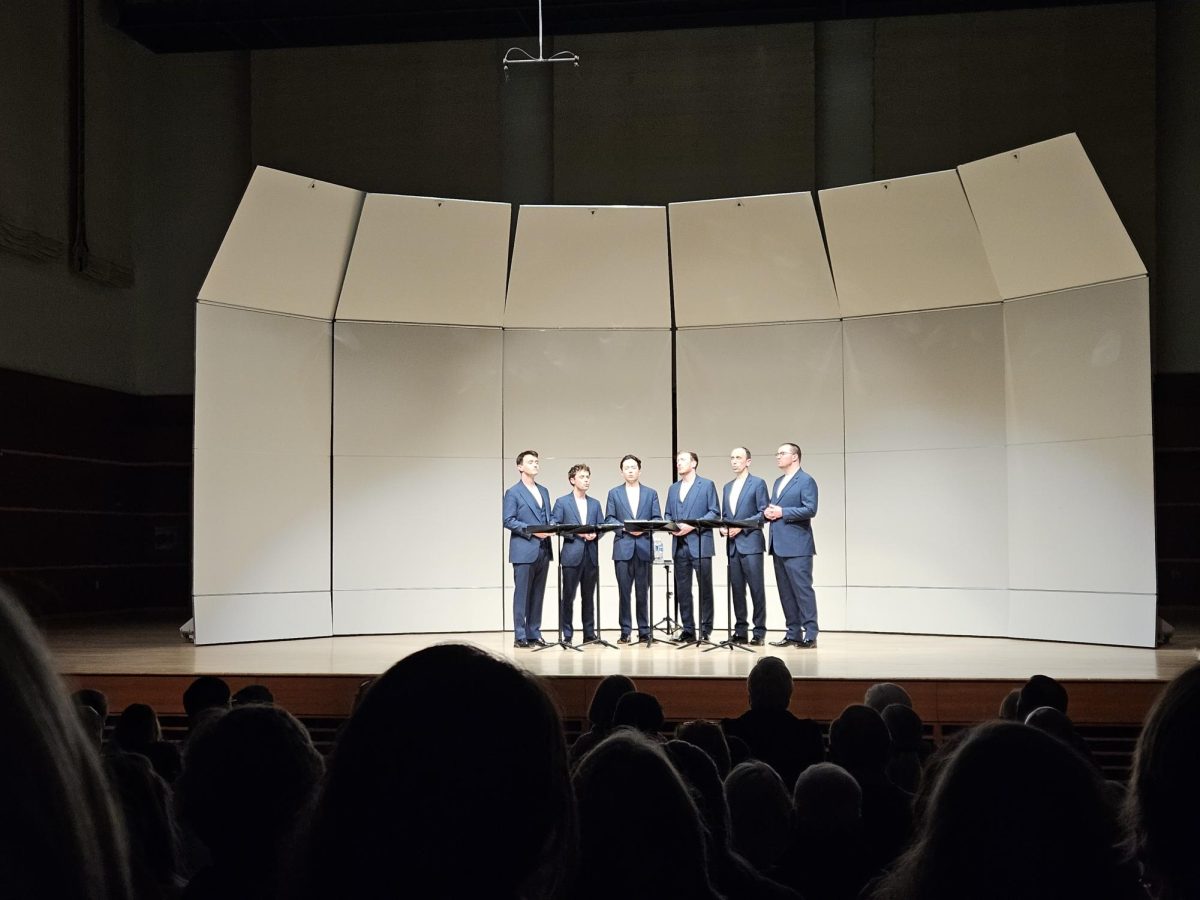The northern lights were visible on campus on Oct. 10, thousands of miles away from the North Pole.
During spring term, on May 10, students were met with the view of the northern lights as well. These occurrences make people wonder, what exactly are the northern lights, and why can we see them in the American South now?
The northern lights, also known as aurora borealis, form when electrons and protons from the sun collide with the Earth’s atmosphere, according to the Royal Museums Greenwich.
The sun releases these particles during intense activities like solar flares. These particles are part of the solar wind, which can be though of as a breeze released by the sun that travels through the solar system.
Most of the particles get reflected when the solar wind reaches the Earth’s magnetic field. However, at the two poles, the Earth’s magnetic field meets and dips down toward the surface. The meeting creates weak spots in the magnetic field, so particles can slip into the Earth’s atmosphere.
When the particles enter the Earth’s atmosphere, the charged molecules collide with oxygen and nitrogen in the air. The collisions excite the gas molecules, releasing that energy into the atmosphere that forms light. This creates the northern lights.
According to Perlan, an Icelandic nature museum, the most common color of the northern lights is green, but other colors also occur, including pink, purple, yellow, blue and red. When oxygen hits the particles from the sun at a low altitude, it glows a green light, making it the most commonly seen color.
The most common places to see northern lights are between the 60 and 70 degree latitude, which covers areas closer to the North Pole.
But northern lights were visible in Virginia because there was an intense solar flare that created an geomagnetic storm, which is when the sun sends out a burst of energy, WAVY-TV reported.
Even though solar flares occur often, solar flares at a high level can be rare. When the increased amounts of particles reach the earth, the range of the northern lights expand, which results in us being able to see them down in Lexington. The clear weather also helped provide an excellent view of the northern lights on campus this October.
However, the lights were not strong enough to see them with the naked eye. Students had to look at the lights through their phone cameras.
Michael Bettwy, the operations chief of the National Oceanic and Atmospheric Administration’s Space Weather Prediction Center, told Fox News that phone cameras are more sensitive to light than human eyes. Therefore, they can pick up on the lights when human eyes cannot.
Many students took advantage of the clear weather to enjoy the view.
“They are simply stunning. I went out to the gazebo and was able to see them better than on main campus,” said Ella Wang, ’26. “I was so happy to witness one of the majestic creations of nature.”









